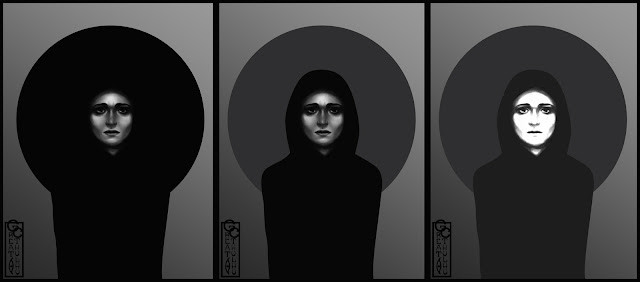Could Your Child Be A Psychopath?
Could Your Child Be A Psychopath?
4 Signs You Need to Watch Out For

As a society, we have long been interested in the phenomenon known as psychopathy. Torn between a morbid curiosity and an incredible feeling of fear, we watch documentaries about Jack the Ripper and Jeffrey Dahmer. While we can clearly see the pain, destruction and devastation that these individuals have caused, we can’t help but wonder about the thinking behind it all. We are curious about the motivation and the mentality that can lead to such unspeakable acts.
But do we truly understand what makes a psychopath, and which of our favourite characters on television fit the definition? Believe it or not, not all psychopaths are portrayed as the villain, however, in an attempt to simply an otherwise difficult concept, we have chosen to view it in that way. Matt Nix, the creator and executive producer of both ‘Burn Notice’ and ‘Complications’ explains:
“The thing about psychopathy, at least as we usually represent it in fiction, is that a character without conscience is both an effective monster and a form of wish fulfilment. We all have a sense for what would be possible if we were freed from the constraints of guilt, fear and shame. I think that explains the fact that it’s not just the villains in popular entertainment that are psychopaths – the heroes are often what I’d term pro-social psychopaths. They may have aims we appreciate or identify with, but they still kill without guilt or remorse, they lie easily to get what they want, and they experience no fear. Those are classic psychopathic traits. Everybody knows that in fiction, the villain is a psychopath who wants to kill innocent people. It’s rarely discussed that the hero is often just a psychopath who wants (for whatever reason) to save innocent people.”
The concept of the psychopath has long been an accepted part of our society, but this begs the question of how much we really understand the complexities of this disorder. We view the elusive psychopath as a distant concept, reserved for movie villains, serial killers and horror stories. The truth, however, is that they walk among us, often overlook and undiagnosed. Experts estimate that 1% of the noninstitutionalized American population aged 18 and older are psychopaths, while 16% of those in prison, jail, on parole or on probation would fit the requirements for a diagnosis.
Even more startling for many of us to accept is the young age that children begin to first show these tendencies. Psychologists often avoid using the word ‘psychopath’ when referring to a child due to its stigma and the fact that many still believe that this diagnosis may, ultimately, be avoidable with the proper therapy and treatment. Instead, experts refer to these children as having ‘callous and unemotional traits.’
These traits include:
- Demonstrating a lack of guilt or remorse for their actions.
- Signs of aggression
- Alack of empathy
- Shallow or non-existent emotions or an indifference to punishment and consequences.

Child psychopaths can be divided into two groups – those that develop their tendencies as a result of environmental influences, such as children who are raised in toxic home environments, and those that are born prone to violence. When handling the second group of children, a parent could do everything in their power to provide the most loving and functional home available, and yet they still end up with a troubled child on their hands. As Raine explains, “We’d like to think a mother and father’s love can turn everything around, but there are times when parents are doing the very best they can, but the kid – even from the get-go – is just a bad kid.”
At this time, those that are born predisposed to this condition are believed to be untreatable. These children often end up spending their lives in treatment facilities and group homes being taught the necessary skills to manage their psychopathy. Statistically, as seen in the above statistics regarding the presence of adult psychopaths in the United States, many will be incarcerated. Experts continue to research and study in the hope that one day a cure will be found.


Comments
Post a Comment